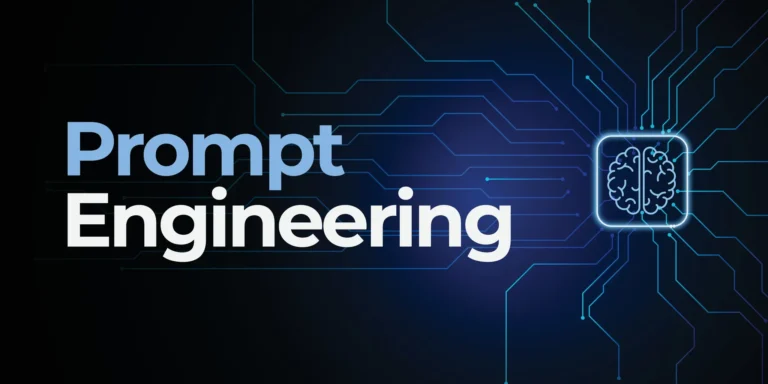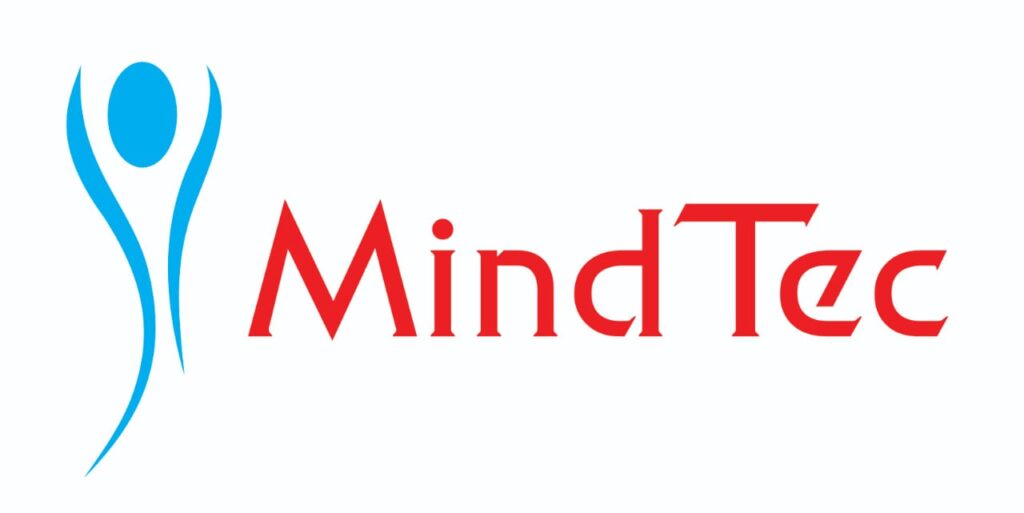
What is Prompt Engineering? The Human-AI Translator.
Simply put, Prompt Engineering is the discipline of designing and refining the instructions you give to an AI model to achieve a desired output. Think of AI as a brilliant but literal assistant. Without clear, well-structured instructions, it might struggle to understand your intent, leading to generic, irrelevant, or even incorrect results (often called “hallucinations”).
A prompt isn’t just a question; it’s a carefully constructed set of directives that can include:
-
Instructions: What exactly do you want the AI to do? (e.g., “Summarize,” “Write,” “Generate,” “Classify”)
-
Context: Background information or relevant details the AI needs to understand the task.
-
Constraints: Rules, limitations, or specific requirements (e.g., word count, tone, format).
-
Examples: Demonstrations of the desired input/output format or style (few-shot prompting).
-
Persona: Assigning a role to the AI (e.g., “Act as a marketing expert,” “You are a seasoned lawyer”).
-
Output Format: Specifying how you want the response structured (e.g., “bullet points,” “JSON,” “a table”).
The goal of prompt engineering is to minimize ambiguity and maximize the relevance, accuracy, and creativity of AI-generated content.
Why Prompt Engineering is Your Next Indispensable Skill in 2025
The demand for prompt engineering skills is exploding across industries. Here’s why it’s more critical than ever:
-
Unlocking AI’s True Potential: Even the most advanced LLMs perform better with expertly crafted prompts. Prompt engineering helps you move beyond basic queries to unlock sophisticated AI capabilities.
-
Bridging the Human-AI Gap: AI models are powerful but lack human intuition. Prompt engineers act as crucial intermediaries, translating complex human needs and nuances into machine-readable instructions.
-
Enhanced Productivity & Efficiency: Well-engineered prompts drastically reduce the time spent on editing, refining, or re-generating AI outputs, leading to significant time and cost savings. This is a direct benefit for businesses aiming for operational excellence in Guntur.
-
Democratizing AI Access: You don’t need to be a coder or data scientist to be an effective prompt engineer. If you can think critically, communicate clearly, and understand language nuances, you’re well on your way. This levels the playing field for many professionals.
-
Mitigating Risks & Ensuring Safety: Effective prompting can help prevent AI hallucinations, biases, or the generation of harmful/irrelevant content, ensuring AI use is responsible and aligned with ethical guidelines.
-
Driving Innovation & Creativity: Prompt engineering isn’t just about getting predictable outputs; it’s also about pushing the boundaries of what AI can create, from novel marketing campaigns to complex research hypotheses.
-
Career Advancement: Roles like “Prompt Engineer,” “AI Interaction Designer,” and “AI Whisperer” are emerging, commanding competitive salaries. But beyond dedicated roles, prompt engineering enhances any job that interacts with AI – which is increasingly most white-collar professions.
Core Principles of Effective Prompt Engineering
While specific techniques vary, these fundamental principles apply to almost any AI interaction:
-
Clarity & Specificity: Be direct and unambiguous. Tell the AI exactly what you want, including desired tone, length, and format. Avoid vague language.
-
Instead of: “Write about marketing.”
-
Try: “Write a 300-word engaging blog post about email marketing strategies for small businesses in Guntur, using a friendly and encouraging tone, with three actionable tips presented in bullet points.”
-
-
Provide Context: Give the AI all necessary background information. This helps the model understand the situation and tailor its response accurately.
-
Define a Persona/Role: Assigning a role to the AI helps it adopt a specific voice and perspective.
-
Example: “Act as a seasoned financial advisor. Explain the basics of mutual funds to a first-time investor.”
-
-
Use Delimiters: For longer prompts with multiple sections (instructions, context, examples), use clear delimiters (e.g., triple quotes
""", XML tags<instruction>,---) to separate parts of your prompt. This helps the AI parse instructions effectively. -
Show, Don’t Just Tell (Few-Shot Prompting): Providing examples of desired input/output pairs is incredibly powerful for teaching the AI a specific style, format, or behavior.
-
Iterate and Refine: Prompt engineering is an iterative process. Rarely will your first prompt yield perfect results. Experiment, observe, and refine your prompts based on the AI’s output.
-
Positive Constraints: Tell the AI what to do rather than what not to do. Positive instructions are generally more effective than negative ones.
-
Instead of: “Don’t be too technical.”
-
Try: “Use simple, easy-to-understand language.”
-
-
Chain-of-Thought Prompting: For complex tasks, ask the AI to “think step by step” or “reason out loud.” This encourages the model to break down the problem into smaller, logical steps, often leading to more accurate and coherent answers.
